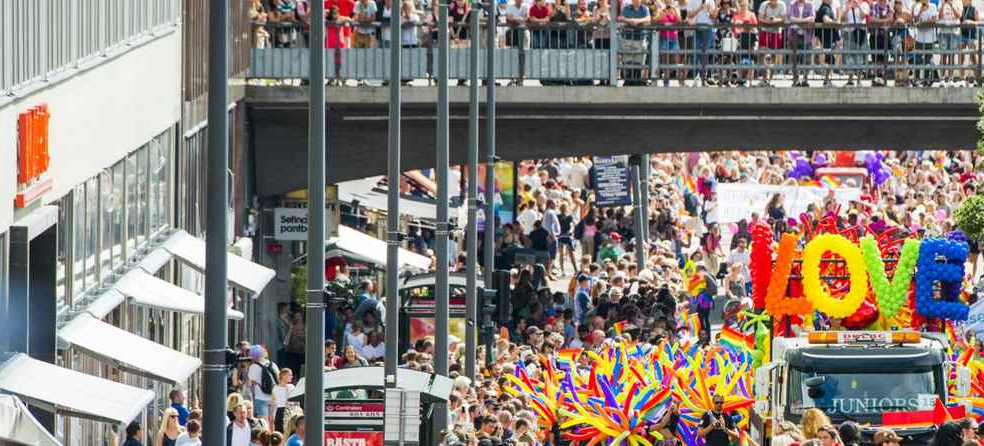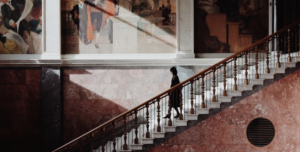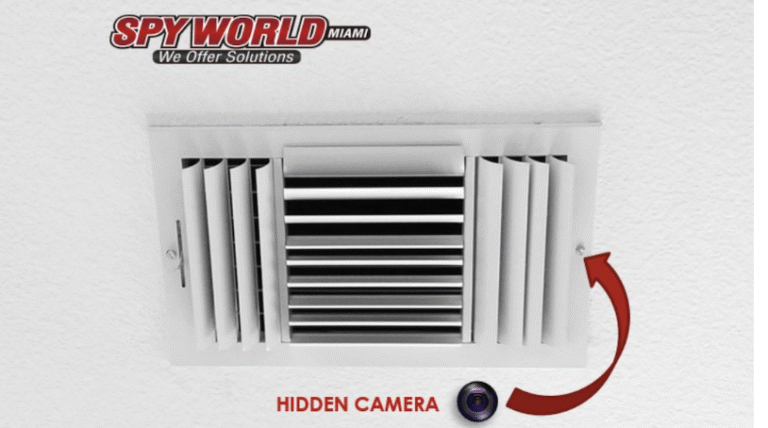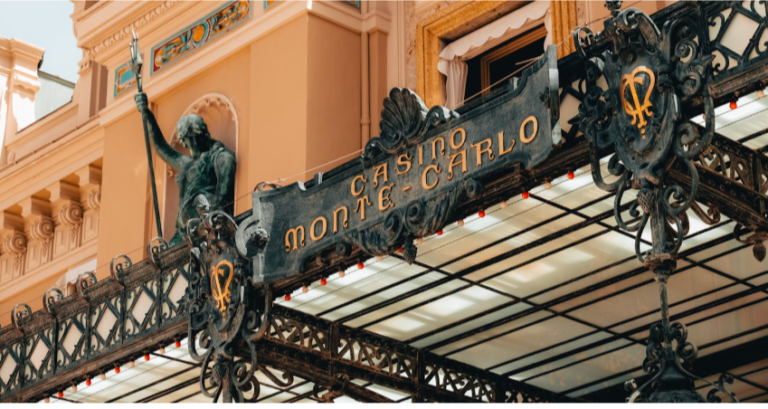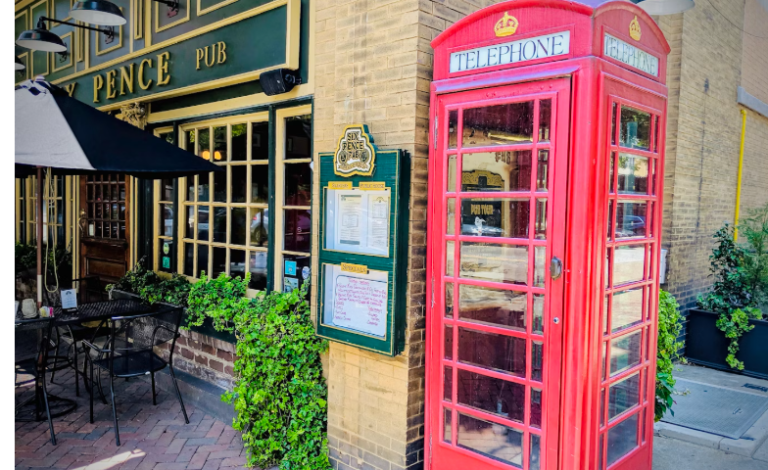Stockholm – The Pearl of Scandinavia
source
Stockholm, Sweden (aka) the Pearl of Scandinavia is a magnificent capital and Scandinavia’s largest city. It is often called the “Venice of the North.” Built across 14 islands connected by 57 bridges, this stunning destination perfectly blends rich history with modern innovation. This is where Lake Mälaren meets the Baltic Sea. Let’s dive into the rich history of this fantastic city. 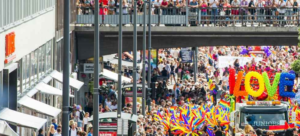
Stockholm, Sweden
Founded in 1252 by Birger Jarl, Stockholm, Sweden, evolved from a simple trading post to one of the Baltic region’s most important cities. The city’s growth is marked by significant milestones, including hosting the 1912 Olympics, which put it on the world stage. The famous Vasa warship, which sank on its first voyage in 1628, now rests in one of the city’s most popular museums.
Population and Demographics of Stockholm
With approximately 975,000 people living in the city proper and 2.4 million in the greater metropolitan area, Stockholm boasts a diverse and highly educated population. So, what are you waiting for? Gather your travel essentials, and let’s hit the road. For best results, bring a camera and some comfy shoes. Here’s a link.
A City of Contrasts
Stockholm offers an incredible mix of old-world charm and modern excitement. In the morning, visitors will experience narrow medieval streets; in the afternoon, they’ll visit cutting-edge tech startups. The city is renowned for creating global successes like Spotify and Minecraft while carefully preserving its historic heart. 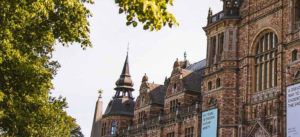
Distinctive Neighborhoods
Each district of Stockholm has its own unique character:
- Södermalm – The creative and trendy district
- Östermalm – Known for elegance and upscale shopping
- Norrmalm – The bustling city center
- Gamla Stan – The charming medieval heart features one of Europe’s best-preserved medieval city centers and the Stockholm Palace, which has been home to Swedish royalty since the 1750s.
Let’s dive in for a detailed look at these key Stockholm districts:
Södermalm
Once a working-class neighborhood, “Söder” has transformed into Stockholm’s creative hub. The district is perched on a hilly island, offering spectacular city views from spots like Monteliusvägen and Skinnarviksberget. The area around Nytorget Square and SoFo (South of Folkungagatan) buzzes with indie fashion boutiques, vintage shops, and art galleries.
You’ll find cozy cafés like Urban Deli and Pet Sounds Bar, where locals gather for fika (coffee break). The neighborhood is also home to Fotografiska, a world-class photography museum housed in an Art Nouveau building by the waterfront.
Östermalm
This prestigious district exemplifies Stockholm’s refined side. Strandvägen, its grand waterfront boulevard, showcases stunning 19th-century architecture. The Östermalms Saluhall, a restored 1880s food hall, offers gourmet Swedish delicacies in an ornate setting.
Along Biblioteksgatan and around Stureplan, you’ll find flagship stores of Swedish and international luxury brands. The area also houses significant cultural institutions like the Swedish History Museum and the Army Museum. The residential streets feature well-preserved stone buildings from the National Romantic style period.
Norrmalm
As Stockholm’s commercial heart, Norrmalm combines modern urban planning with historic charm. Drottninggatan, the main pedestrian shopping street, runs through its center. The district houses the iconic Kulturhuset Cultural Center and the modernist Hötorget buildings. Around Central Station, you’ll find the striking Stockholm Waterfront Congress Centre. 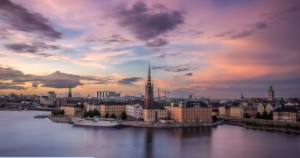
The area also features Kungsträdgården, a popular park that hosts events year-round and transforms into an ice skating rink in winter. The surrounding streets offer a mix of department stores, restaurants, and theaters.
Gamla Stan
This island-bound old town dates back to the 13th century. Its narrow, winding cobblestone streets are lined with ochre-colored buildings housing craft shops, cafés, and traditional restaurants. Notable landmarks include Storkyrkan (Stockholm Cathedral) and the Nobel Museum in the former Stock Exchange building.
The Royal Palace, one of Europe’s largest, houses several museums and the Royal Armory. The charming square Stortorget features distinctive red buildings and is especially magical during the Christmas market season. Hidden gems include Mårten Trotzigs Gränd, the city’s narrowest alley at just 90 centimeters wide.
Culture and Innovation
Stockholm’s culture celebrates creativity, design, and sustainability. The city is particularly famous for the Nobel Prize ceremonies held each December. It also hosts the famous ABBA and Swedish pop music gigs. Stockholm is known for all of the following:
- A thriving tech startup and gaming scene
- Strong focus on environmental sustainability
- There is an underground art gallery in its subway system, with about 100 stations decorated with stunning artwork
Customs and Traditions
Swedish culture comes alive in Stockholm through various traditions: 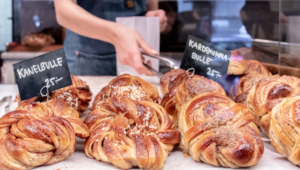
- Fika – the daily coffee and cake break
- Midsummer celebrations in June
- Traditional foods like meatballs, gravlax, and cinnamon buns
- Christmas markets and Lucia celebrations
Must-Visit Attractions
Essential stops for visitors include:
- Vasa Museum – Home to a perfectly preserved 17th-century warship
- Royal Palace – One of Europe’s largest palaces
- ABBA Museum – An interactive journey through Sweden’s pop history
- Skansen – The world’s first open-air museum
- Fotografiska – A world-famous photography museum
- Nordic Museum – Showcasing Swedish culture and history
- Hallwyl Museum – A historic count’s residence
Let me provide a detailed description of these fascinating Stockholm attractions, along with some additional context.
The Vasa Museum (Vasamuseet) is one of Stockholm’s most remarkable attractions. It houses the world’s only preserved 17th-century warship, the Vasa, which sank on its maiden voyage in 1628 and was salvaged in 1961.
Due to the unique conditions of the Baltic Sea, the Vasa remains incredibly well-preserved. The museum showcases the massive ship and thousands of artifacts found with it, detailed exhibitions about life in 17th-century Sweden, and the intricate restoration process.
The Royal Palace (Kungliga Slottet), located in Gamla Stan (the Old Town), is one of Europe’s largest still-functioning royal palaces with over 600 rooms. Beyond being the official residence of Sweden’s monarch, it houses five museums, including the Royal Apartments, Treasury, and Tre Kronor Museum. Visitors can witness the daily changing of the guard ceremony and explore the palace’s baroque architecture.
The ABBA Museum offers an immersive experience of Sweden’s most famous musical export. Unlike traditional museums, it’s highly interactive. Visitors can perform with ABBA holograms, try on virtual costumes, and even record in a recreation of the Polar Studio. The museum houses original costumes, gold records, and personal items from the band members.
Skansen opened in 1891 and revolutionized the concept of museums by creating the world’s first open-air museum. It presents five centuries of Swedish history through 150 historical buildings nationwide. The site includes a living history museum where staff in period costumes demonstrate traditional crafts and ways of life. It also features a zoo focusing on Nordic wildlife and hosts traditional Swedish holiday celebrations yearly.
Fotografiska is housed in a beautiful Art Nouveau building in the Södermalm district. Rather than maintaining a permanent collection, it simultaneously presents four to six major photography exhibitions, changing them regularly throughout the year. The museum is known for showcasing established and emerging photographers, often featuring thought-provoking contemporary works. Its top-floor restaurant offers stunning views of Stockholm’s harbor. 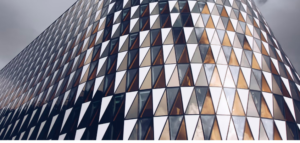
The Nordic Museum (Nordiska Museet) looks like a Renaissance castle but was purpose-built in the late 19th century to house Sweden’s most extensive collection of cultural history items. It explores Swedish life from the 16th century to the present, with extensive exhibits on fashion, furniture, textiles, folk art, and traditions. The museum’s Great Hall is particularly impressive, rising to the full height of the building.
Interesting Facts
- The narrowest street in Old Town is just 35 inches wide
- Summer nights are so bright it barely gets dark
- Stockholm hosts the largest Pride festival in the Nordic region
- Thousands of smaller islands in the archipelago surround the city
- The subway system doubles as an underground art gallery
Whether you’re interested in history, technology, art, or simply experiencing the atmosphere of a beautiful city, Stockholm offers something unique in every season—from warm summer evenings to snowy winter wonderlands.
I find Stockholm’s evolution from a medieval maritime stronghold to a modern tech hub fascinating. Let me explore some of its most intriguing aspects.
The Living Museum of Gamla Stan
While many European cities have historic districts, Gamla Stan is unique because it’s still a fully functioning part of the city. The medieval street layout remains almost exactly as it was in the 13th century. The famous narrow alley Mårten Trotzigs gränd (the 35-inch wide street) served a defensive purpose – it was designed to force potential invaders to move single file, making them easier to defend against. 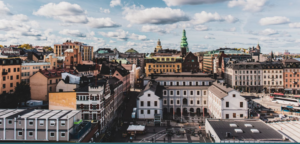
The Tech Revolution
Stockholm’s transformation into the “Sithe icon Valley of Europe” is remarkable. Beyond Spotify and Minecraft, it’s produced unicorns like Klarna, iZettle, and King (of Candy Crush fame).
What’s particularly interesting is how this tech boom has influenced city planning. Formerdustrial areas like Södermalm have been transformed into hip tech hubs while preserving historic buildings. The city has the highest percentage of tech unicorns per capita after Silicon Valley.
Environmental Innovation
Stockholm was Europe’s first Green Capital (2010) and aims to be fossil-fuel-free by 2040. The city has some fascinating approaches to sustainability:
- The central station captures the body heat from 250,000 daily commuters to heat nearby buildings
- The subway system not only features art but runs entirely on green electricity
- The city has implemented a unique waste-to-biogas system that even powers public buses.
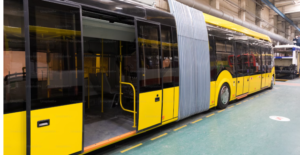
Cultural Quirkiness
The “Stockholm Syndrome” phenomenon was named after a 1973 bank robbery in the city’s Norrmalmstorg Square. But beyond such infamous moments, Stockholm has some delightful cultural peculiarities:
- Many apartment buildings have common “tvättstuga” (laundry rooms) with strict booking systems that have become a unique part of Stockholm’s social culture
- The city maintains “allotment gardens” dating back to 1904, where urban dwellers can grow their own food
- The Royal Palace is one of the few in Europe where you might run into the actual royal family doing their daily business.
Your Travel Host
rovingwithrachele.com
As an Amazon affiliate, I earn from qualifying purchases at NO extra cost to you.

